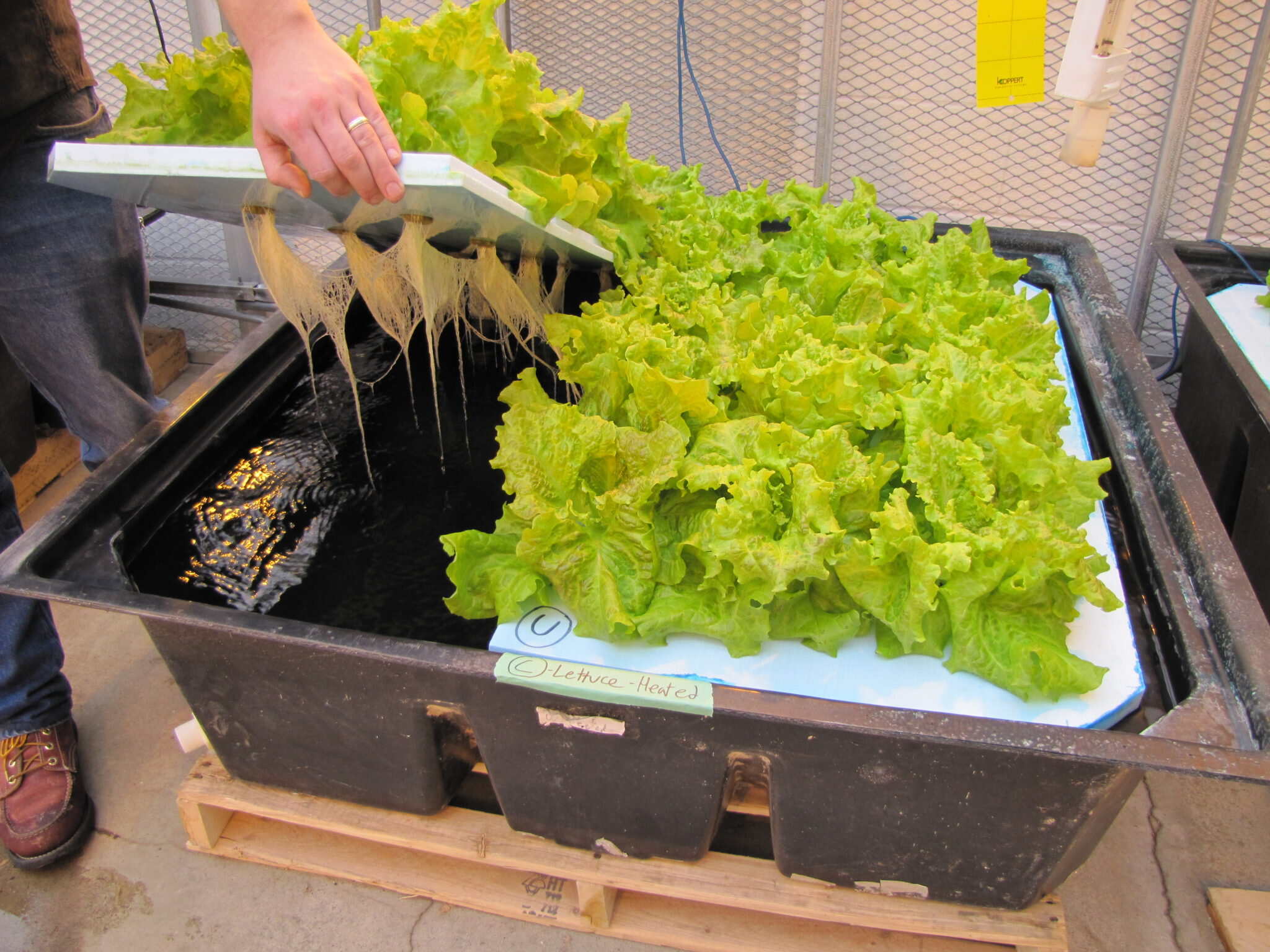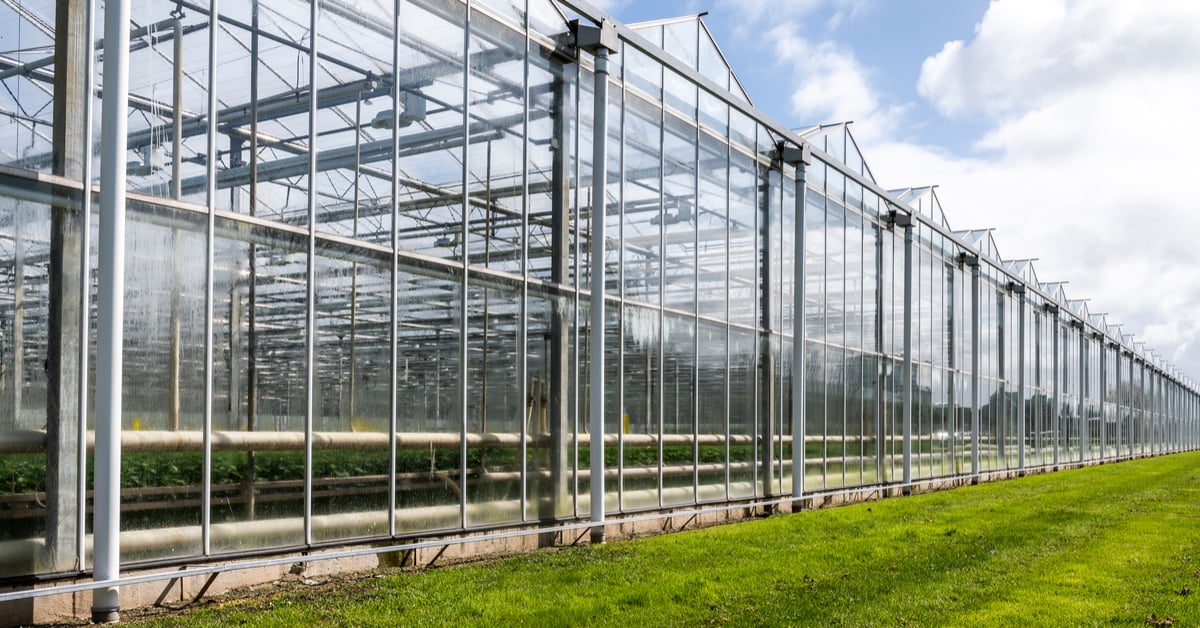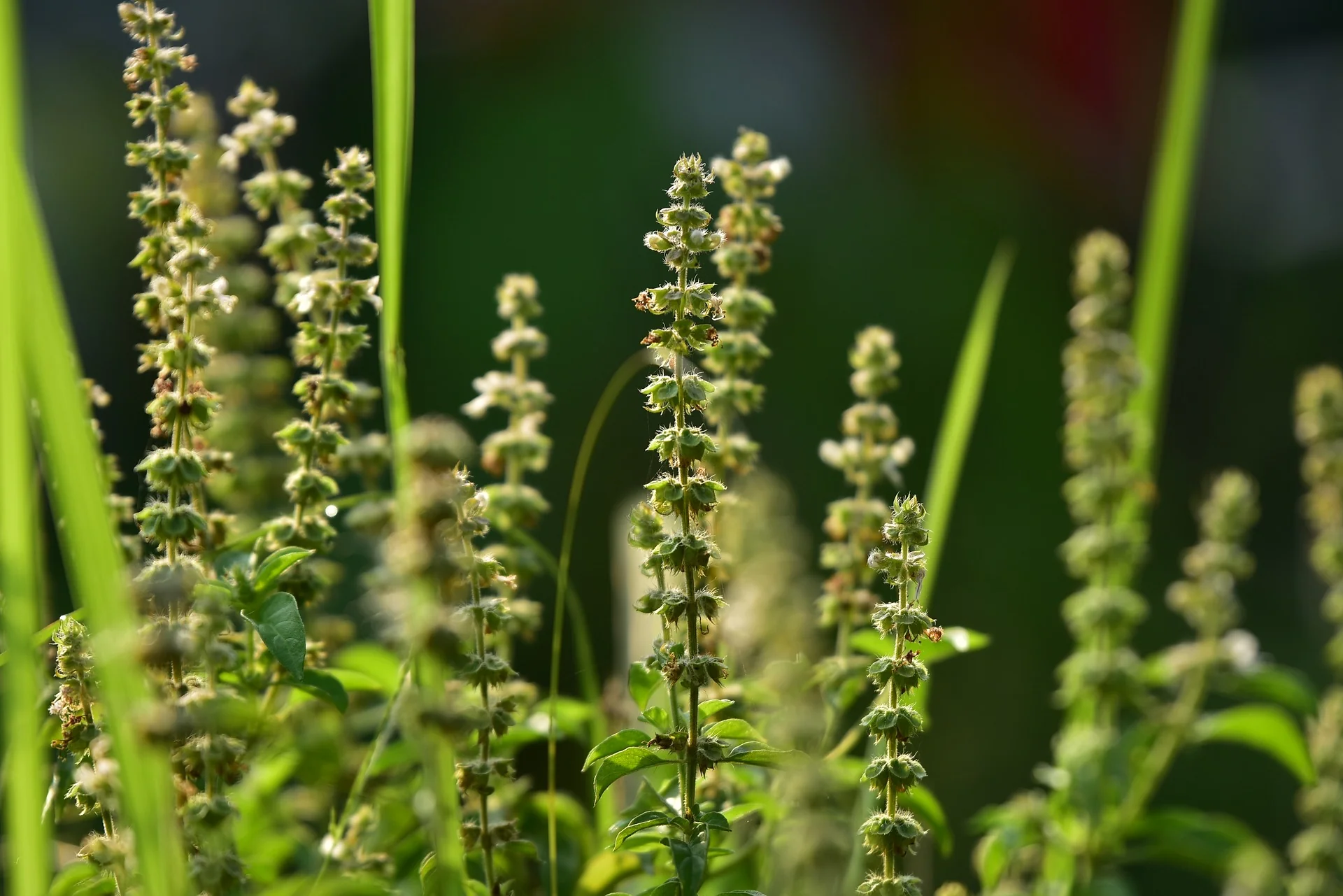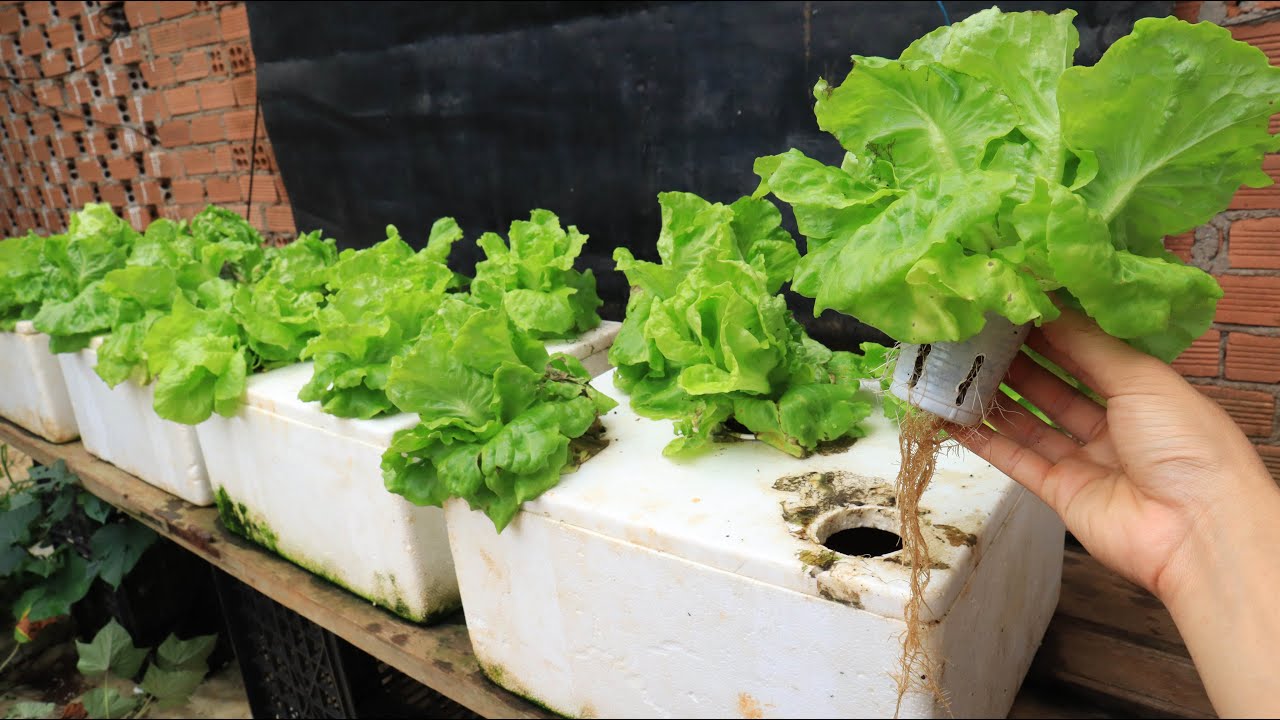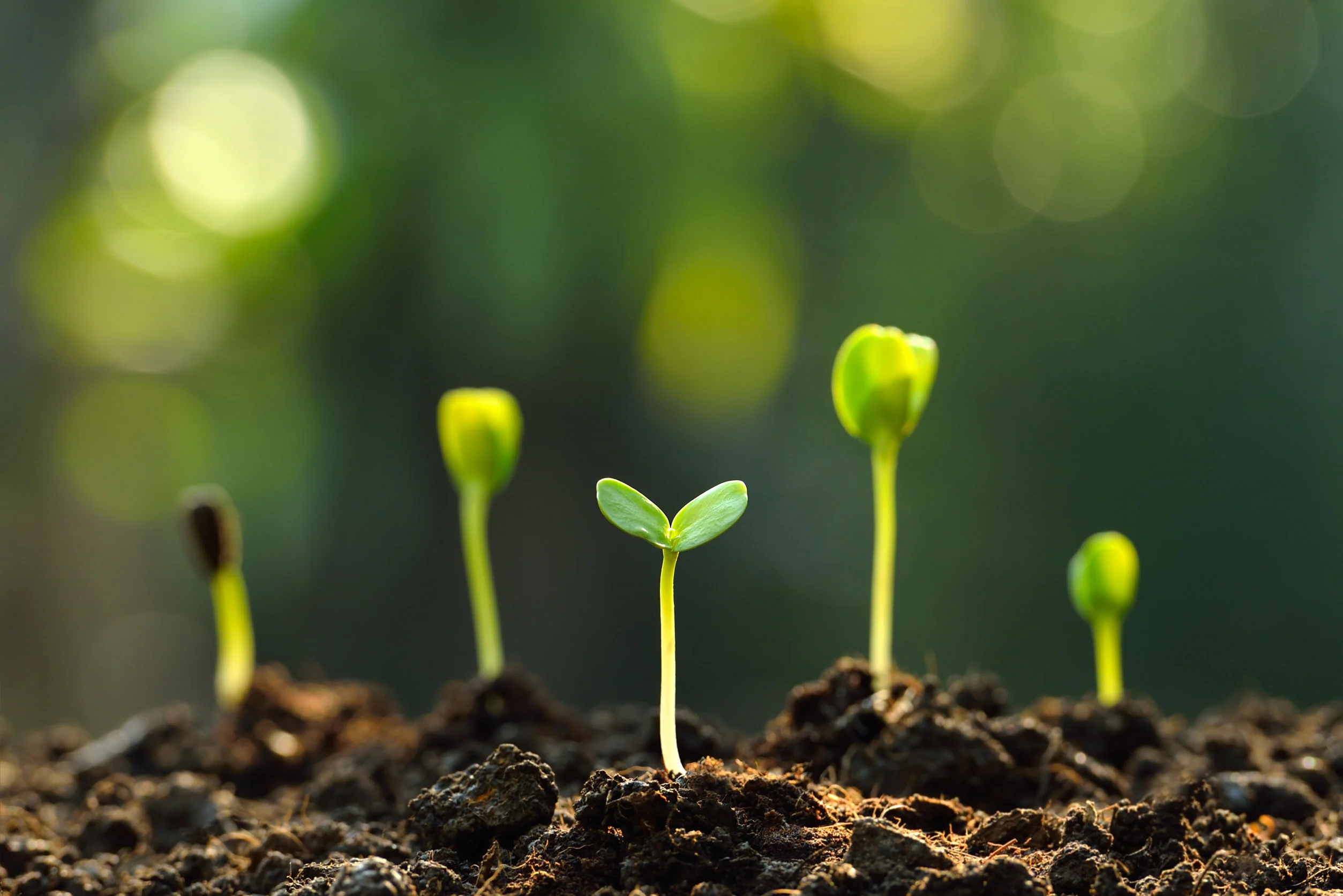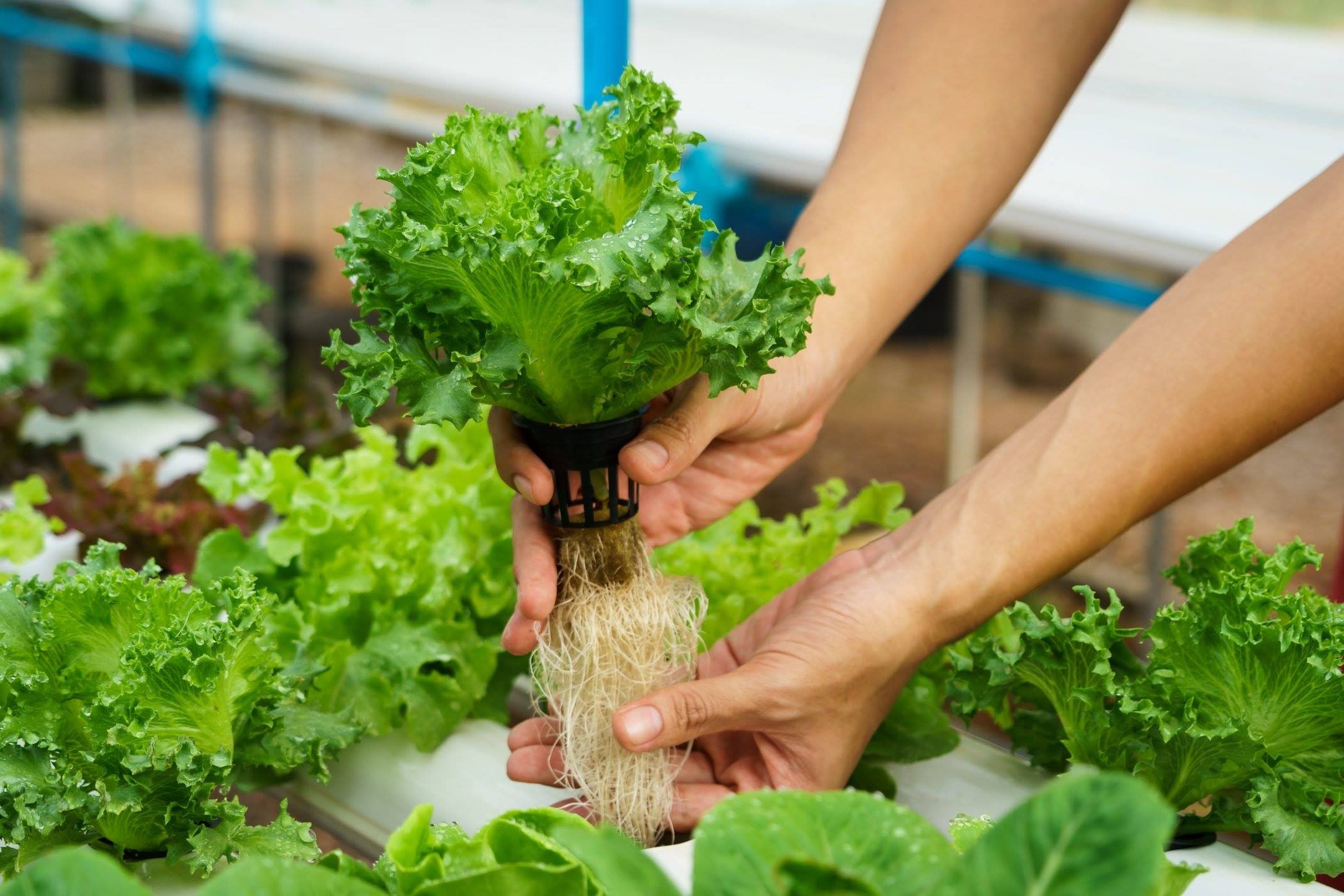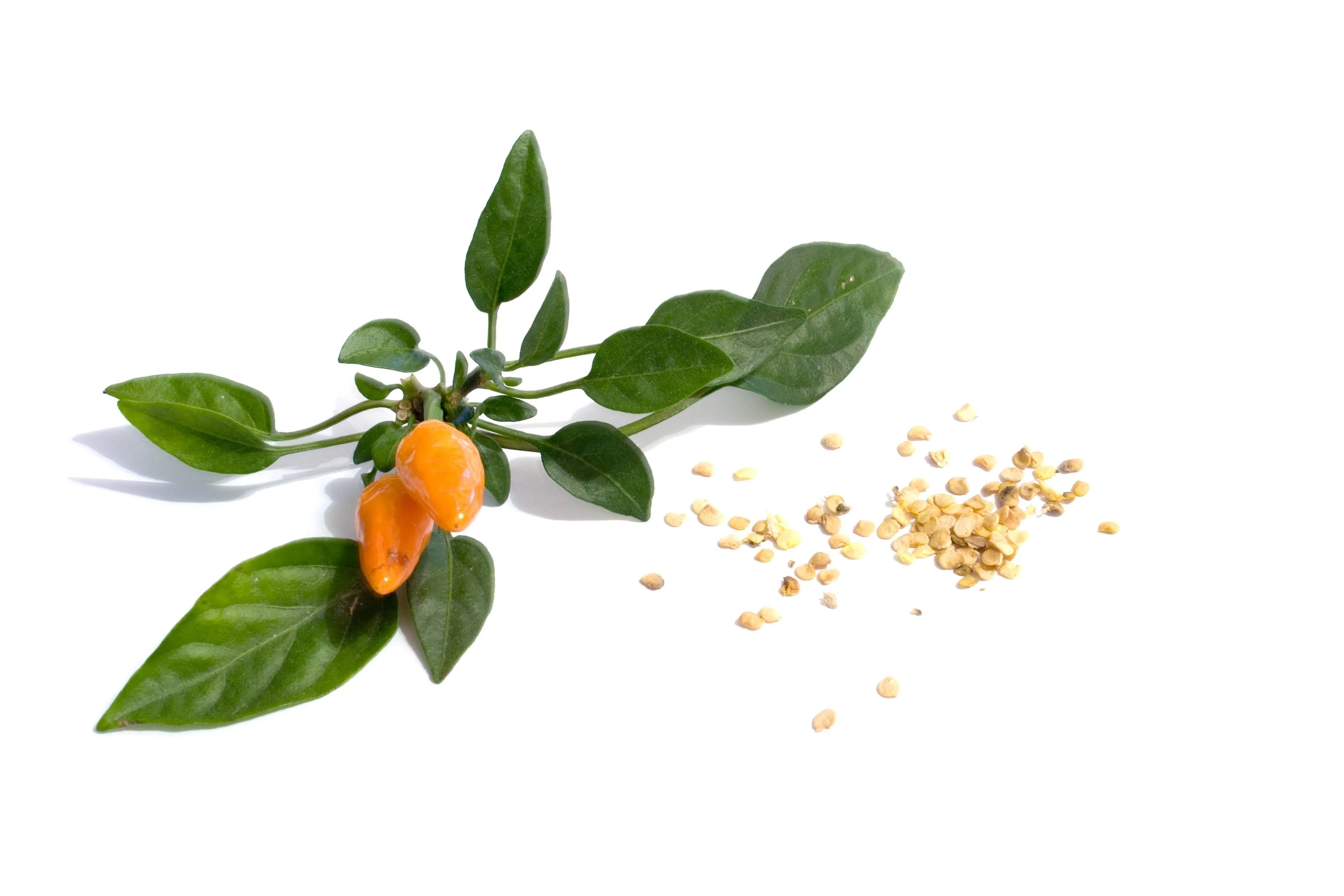Home>Gardening Tips and Tricks>Eco-Friendly Gardening>How To Start A Compost Pile


Eco-Friendly Gardening
How To Start A Compost Pile
Modified: January 22, 2024
Learn how to start an eco-friendly compost pile for your garden and enhance your gardening practices with sustainable methods.
(Many of the links in this article redirect to a specific reviewed product. Your purchase of these products through affiliate links helps to generate commission for Chicagolandgardening.com, at no extra cost. Learn more)
Table of Contents
Introduction
Starting a compost pile is not only a great way to reduce waste and help the environment, but it is also a fantastic way to nurture your garden. Composting is a simple and natural process that involves the decomposition of organic matter, such as kitchen scraps, yard waste, and leaves, into nutrient-rich compost. This compost can then be used as a natural fertilizer and soil amendment to improve the health and vitality of your plants.
By implementing eco-friendly gardening practices like composting, you can significantly reduce the amount of waste that goes into landfills and contribute to a more sustainable future. Composting not only enriches the soil but also promotes biodiversity and reduces the need for chemical fertilizers and pesticides.
In this article, we will explore the step-by-step process of starting a compost pile, from choosing the right location to troubleshooting common issues. Whether you have a small backyard garden or a larger plot of land, composting can be done on any scale, making it accessible to everyone who wants to embrace eco-friendly gardening.
In the following sections, we will discuss the benefits of starting a compost pile, how to choose the right location, gather compost materials, layer your compost pile, turn and maintain it, troubleshoot common problems, and finally, how to make use of the finished compost in your garden. So, let’s dive in and discover the world of eco-friendly gardening through composting!
Benefits of Starting a Compost Pile
Starting a compost pile offers a multitude of benefits, both for your garden and the environment. Let’s explore some of the key advantages of embracing this eco-friendly gardening practice:
- Reduces waste: Composting allows you to divert kitchen scraps, yard trimmings, and other organic waste from ending up in landfills. Instead of contributing to the ever-growing waste problem, you can turn these materials into nutrient-rich compost that benefits your garden.
- Nourishes the soil: Compost is often referred to as “black gold” because of its incredible ability to enhance soil fertility. It contains a rich blend of nutrients, organic matter, and beneficial microorganisms that nourish plants, promote root growth, and improve overall soil structure.
- Reduces the need for chemical fertilizers: By using compost as a natural fertilizer, you can decrease or even eliminate the need for synthetic chemical fertilizers. This not only saves you money but also helps prevent water pollution and other environmental issues associated with the use of chemical-based fertilizers.
- Improves water retention: Compost improves the water-holding capacity of soils, reducing the need for frequent watering. It helps sandy soils retain moisture and prevents clay soils from becoming compacted, allowing water to penetrate more easily.
- Encourages beneficial organisms: Compost creates a favorable environment for beneficial microorganisms, earthworms, and other soil-dwelling organisms. These organisms break down organic matter, release nutrients, and improve soil aeration, all of which contribute to a healthier and more sustainable garden ecosystem.
- Reduces the reliance on pesticides: Well-amended soil with compost is less susceptible to pests and diseases. Strong and healthy plants are naturally more resistant to attacks from insects and pathogens, reducing the need for chemical pesticides and promoting a more balanced and eco-friendly approach to gardening.
These are just a few of the many benefits of starting a compost pile. By composting, you not only take a small step towards a more sustainable future but also create a thriving garden that nurtures and supports the natural world. So, let’s now delve into the practical aspects of composting, starting with choosing the right location for your compost pile.
Choosing the Right Location
Choosing the right location for your compost pile is essential for its success. Here are some factors to consider when selecting a suitable spot:
- Sunlight: Locate your compost pile in an area that receives ample sunlight. Sunlight helps to speed up the decomposition process by providing warmth and energy to the microorganisms breaking down the organic matter.
- Accessibility: Ensure that the chosen location is easily accessible to you. You’ll need to add organic materials, turn the pile occasionally, and harvest the finished compost, so it’s important to have easy access without any obstacles in the way.
- Drainage: Good drainage is crucial for a compost pile. Choose a spot that has good natural drainage to prevent waterlogged conditions. This will help maintain the right level of moisture in the pile, promoting decomposition and preventing unpleasant odors.
- Distance to neighbors: Consider the distance between your compost pile and your neighbors’ properties. While composting is generally odor-free when done correctly, some decomposition-related odors may occur temporarily. It’s best to place the pile at a reasonable distance from neighboring homes to minimize any potential inconvenience.
- Avoid tree roots: Make sure to avoid placing your compost pile near the roots of large trees or shrubs. Tree roots can interfere with the composting process and may absorb valuable nutrients from the pile. It’s best to keep a good distance to ensure the roots do not disrupt the decomposition process.
- Consider aesthetics: While compost piles are a functional addition to your eco-friendly garden, it’s also important to consider the overall aesthetics of your outdoor space. Choose a location that allows the compost pile to blend in with the surroundings or use a compost bin or enclosure to keep it visually appealing.
By taking into account these factors, you can select an optimal location for your compost pile. Once you’ve chosen the right spot, it’s time to gather the compost materials and start building your pile. Let’s explore this in more detail in the next section.
Gathering Compost Materials
To create a successful compost pile, you’ll need a variety of organic materials that can decompose and transform into nutrient-rich compost. Here are some common compost materials you can gather:
- Kitchen scraps: Collect fruit and vegetable scraps, coffee grounds, tea leaves, eggshells, and other food waste from your kitchen. Avoid adding meat, dairy, and oily foods, as these can attract pests and slow down the decomposition process.
- Yard waste: Collect grass clippings, leaves, branches, small twigs, and plant trimmings. Shred or chop larger pieces to speed up decomposition and create a more manageable compost pile.
- Plant-based materials: Include spent flowers, weeds (without seeds or roots), straw, hay, and small prunings. Be mindful of avoiding diseased plants or weeds that have gone to seed, as these can introduce pests and weed problems into your compost pile.
- Shredded newspaper and cardboard: Use shredded newspaper, cardboard, and paper products (such as paper towels and napkins) to add carbon-rich materials to your compost pile. Avoid glossy or colored papers, as they may contain harmful chemicals.
- Animal bedding: If you have livestock or pets, you can add clean straw, hay, or wood shavings from their bedding to your compost pile. These materials break down slowly but add valuable nutrients to the compost over time.
- Compost activators: To speed up the decomposition process, you can add compost activators such as finished compost, garden soil, or a commercial compost starter. These substances introduce beneficial microorganisms to kick-start the breakdown of organic matter.
Remember to maintain a balanced ratio of nitrogen-rich (green) and carbon-rich (brown) materials in your compost pile. Aim for a mix of approximately 3 parts brown materials to 1 part green materials to provide the ideal conditions for decomposition.
When collecting compost materials, it’s important to avoid adding anything that is potentially harmful or toxic. This includes materials treated with pesticides, herbicides, or chemicals, as well as pet waste or human waste.
Gathering a diverse range of materials will help create a nutrient-rich and well-balanced compost pile. In the next section, we’ll look at the process of layering your compost pile to maximize its effectiveness.
Layering Your Compost Pile
Layering your compost pile is an important step in creating a well-balanced and efficient composting environment. The layering process helps to establish the right mix of organic matter, air, and moisture for optimal decomposition. Here’s a step-by-step guide on how to layer your compost pile:
- Create a base layer: Begin by creating a base layer of twigs or small sticks. This layer helps provide airflow to the bottom of the compost pile and prevents it from becoming overly compacted.
- Add brown (carbon-rich) materials: On top of the base layer, add a thick layer of brown materials such as dry leaves, shredded newspaper, cardboard, or straw. Brown materials provide carbon, which is essential for the composting process.
- Add green (nitrogen-rich) materials: Layer on top of the brown materials with green materials like kitchen scraps, grass clippings, and plant trimmings. Green materials provide nitrogen, which helps break down the organic matter and speed up decomposition.
- Add compost activators: If you have compost activators like finished compost or garden soil, sprinkle a thin layer on top of the green materials. This will introduce beneficial microorganisms and provide a jumpstart to the decomposition process.
- Continue layering: Repeat the alternating layers of brown and green materials until you have used up all your compost ingredients. Aim for a pile that is at least 3 feet high to ensure proper heat generation and decomposition.
- Moisten the pile: After each layer, lightly moisten the pile with water. The compost pile should be damp, similar to the consistency of a wrung-out sponge. Proper moisture levels are crucial for the breakdown of organic matter.
- Cover the pile (optional): Depending on your preference and environmental conditions, you may choose to cover the compost pile with a tarp or a layer of straw. This helps retain moisture and heat, accelerating the decomposition process.
Remember to turn and aerate your compost pile regularly to provide oxygen to the microorganisms and speed up decomposition. Turning the pile mixes the organic materials, distributes moisture evenly, and prevents the formation of anaerobic conditions that lead to foul odors.
By following these steps, you can create a well-layered compost pile that efficiently decomposes your organic materials. In the next section, we’ll explore how to maintain and troubleshoot common issues that may arise during the composting process.
Turning and Maintaining Your Compost Pile
Turning and maintaining your compost pile is crucial for ensuring that it decomposes properly and produces high-quality compost. Regular maintenance helps to aerate the pile, distribute moisture and nutrients, and accelerate the decomposition process. Here are some important tips for turning and maintaining your compost pile:
- Turn the pile: Every few weeks, use a pitchfork or shovel to turn the compost pile. This helps mix the materials, introduces oxygen, and promotes even decomposition. The more frequently you turn the pile, the faster it will break down.
- Check moisture levels: Monitor the moisture levels of your compost pile regularly. It should be moist, but not overly soggy. If it’s too dry, add water during each turning. If it’s too wet, add more dry materials like shredded newspaper or straw to balance the moisture.
- Avoid compacting: As you turn the pile, be mindful of not compacting the materials. Compact piles restrict airflow and can lead to anaerobic conditions and unpleasant odors. Keep the materials loose and fluffy to allow for proper decomposition.
- Watch for temperature changes: Pay attention to the temperature of your compost pile. During active decomposition, the internal temperature of the pile will rise. If the temperature starts to drop significantly, it may indicate that the pile needs more nitrogen-rich materials or turning to reignite the decomposition process.
- Manage pests and odors: If you notice any pests, such as rodents or flies, it’s important to address the issue promptly. Avoid adding any food waste that may attract pests and ensure that the pile is properly covered. If odors become a problem, it may suggest an imbalance in the pile. Adjust the mix of green and brown materials and ensure proper aeration during turning.
- Monitor decomposition progress: Keep an eye on the progression of decomposition in your compost pile. Over time, the organic materials will break down into a dark, crumbly substance that resembles rich soil. This process can take anywhere from a few months to a year, depending on various factors such as temperature, moisture, and turning frequency.
Remember, composting is a dynamic process, and it may take some trial and error to find the right balance for your particular compost pile. With regular monitoring, care, and adjustments, you’ll be able to maintain a healthy and productive compost pile. In the next section, we’ll explore common composting problems and how to troubleshoot them.
Troubleshooting Common Compost Problems
While composting is a relatively simple process, it’s not uncommon to encounter a few challenges along the way. Here are some common compost problems and tips on how to troubleshoot them:
- Foul odors: If your compost pile has a strong, unpleasant odor, it’s likely due to an imbalance of materials or inadequate aeration. To correct this issue, add more brown materials like dry leaves or shredded newspaper to absorb excess moisture and improve airflow. Avoid adding any strong-smelling materials like meat or dairy products.
- Slow decomposition: If your compost pile is taking longer than expected to decompose, it may be due to insufficient nitrogen or moisture. Ensure you have enough green materials (nitrogen-rich) in the pile and maintain proper moisture levels by adding water during turning. Turning the pile more frequently can also help speed up the decomposition process.
- Pest infestation: If pests such as rodents or flies are attracted to your compost pile, it’s essential to address the situation promptly. Avoid adding any food waste that may attract pests and ensure your compost pile is covered properly. You can also consider using a compost bin or enclosure to deter pests.
- Excessive heat: While some heat is normal during active decomposition, excessive heat can be a sign of an overly nitrogen-rich pile. To moderate the temperature, add more brown materials and ensure proper turning to introduce more oxygen into the pile.
- Unwanted plant growth: If you notice weed seeds or unwanted plant growth in your compost pile, it may indicate that the pile didn’t reach a sufficiently high temperature to kill off the seeds. To prevent this, avoid adding weeds that have gone to seed and ensure the pile reaches an internal temperature of at least 130°F (54°C) during decomposition.
- Dry or wet pile: Maintaining the right moisture level is crucial for successful composting. If your pile is too dry, add water during turning to moisten it. If it’s too wet, add more dry materials like shredded newspaper or straw to absorb excess moisture.
Remember that composting is a natural process and can be influenced by various factors such as temperature, moisture, and the mix of organic materials. By monitoring your compost pile regularly and making necessary adjustments, you can troubleshoot common problems and maintain a healthy and productive composting system.
Now that we’ve covered troubleshooting, let’s move on to the next section, where we’ll explore the wonderful ways to utilize the finished compost in your garden.
Using Finished Compost
Congratulations, you have successfully transformed your organic waste into nutrient-rich compost! Now it’s time to reap the benefits of your hard work by using the finished compost in your garden. Here are some great ways to utilize finished compost:
- Soil amendment: Mix the compost into your garden soil to improve its structure and fertility. The organic matter in compost helps retain moisture, enhances nutrient availability, and promotes beneficial microbial activity. Apply a layer of compost to the topsoil and work it into the existing soil using a garden fork or tiller.
- Potting mix: Create a homemade potting mix by combining compost with other ingredients like peat moss, perlite, and vermiculite. This nutrient-rich mixture provides a healthy growing medium for container plants, promoting strong root development and vibrant growth.
- Mulch: Use compost as a mulch around your plants to suppress weeds, conserve soil moisture, and regulate soil temperature. Apply a layer of compost around the base of plants, leaving a gap around the stems to prevent moisture-related issues.
- Compost tea: Brew compost tea by steeping compost in water to create a nutrient-rich liquid fertilizer. This can be done by placing a mesh bag filled with compost in a container of water and allowing it to steep for a few days. Use the resulting liquid to water your plants or as a foliar spray to provide a boost of nutrients.
- Seed starting mix: Create a lightweight and nutrient-rich mix for starting seeds by blending compost with a sterile growing medium like vermiculite or coconut coir. This mixture provides the ideal conditions for seeds to germinate and young seedlings to thrive.
- Topdressing for lawns: Sprinkle a thin layer of compost over your lawn to improve its health and vitality. The organic matter in compost helps replenish nutrients lost from grass clippings and promotes the growth of lush, green turf.
Remember, when using compost, it’s essential to consider the specific needs of your plants and the composition of your soil. The amount and timing of application may vary depending on factors like plant preferences, soil type, and local climate conditions.
By utilizing the finished compost in these ways, you’ll be enriching your garden with essential nutrients, improving soil health, and fostering a thriving and sustainable ecosystem.
As we conclude this comprehensive guide to eco-friendly gardening through composting, we hope you feel inspired and empowered to start your own compost pile and contribute to a greener and more sustainable world. Happy composting!
Conclusion
Embarking on the journey of eco-friendly gardening through composting is not only a rewarding experience but also a powerful way to contribute to a more sustainable future. By starting a compost pile, you can reduce waste, improve soil health, and cultivate a thriving garden ecosystem.
Throughout this guide, we have explored the benefits of starting a compost pile, including waste reduction, soil enrichment, reduced reliance on chemical fertilizers, and water conservation. We have also discussed the importance of choosing the right location for your compost pile, gathering a diverse range of compost materials, and layering them properly to create an effective decomposition process.
Maintaining and troubleshooting your compost pile is an essential part of the journey. Regularly turning the pile, monitoring moisture levels, and addressing common compost problems will ensure that your pile decomposes efficiently and produces high-quality compost.
The finished compost is a valuable resource that can be used in various ways to nourish your garden. From soil amendment and potting mix to mulching and compost tea, utilizing the nutrient-rich compost will promote healthy plant growth, retain moisture, and reduce the need for synthetic fertilizers.
By embracing the practice of composting, you are actively participating in the cycle of nature. You are reducing waste, closing the loop on organic materials, and returning valuable nutrients back to the earth. Your compost pile becomes a microcosm of life, teeming with beneficial microorganisms, earthworms, and other soil-dwelling organisms that work harmoniously to create a fertile environment for your plants to thrive.
So, grab your pitchfork, gather your kitchen scraps, and start building your compost pile today. Embrace the beauty of eco-friendly gardening and witness the transformation of waste into nourishment for your garden. Composting is a powerful tool that empowers individuals to make a positive impact on the environment and create a more sustainable future, one compost pile at a time.
Happy composting, and enjoy the bountiful rewards of your efforts in cultivating a greener and more vibrant garden!
